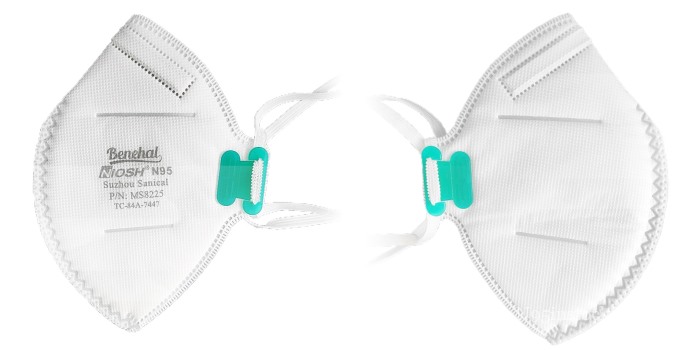People should avoid sharing medical masks. The CDC does not recommend using face coverings in place of masks because it is unclear what protection they provide. If you need to use a face shield instead, choose one that covers the sides of your face and extends all the way to your chin.
You should not pull the mask under your nose or chin to talk to someone or for any other reason. Make sure you can talk to the mask and that it doesn’t irritate you so you don’t want to touch or move it, which could reduce its effectiveness or put you at risk of touching your face.
A comfortable and well-fitting mask will provide the best protection. If you feel the need to adjust or wear it, then it does not suit you. If you’re unsure or it doesn’t fit, it may be helpful to cover it up with a sheet mask.
A layered mask will prevent a few drops from passing through the mask or leaking. The middle layer is a non-woven filter material, which can prevent particles from entering the interior of the surgical mask, while the inner layer is a breathable layer, which can absorb the moisture in our breath, making the mask more comfortable to use. We have some tips to keep your mask safe and comfortable.
To make sure you’re wearing your mask correctly, we’ve put together a few tips we use at the hospital to help you get the full benefits of wearing a mask. People who wear medical respirators have received training on how to wear them for protection, such as making sure the mask fits snugly around the face. At Johns Hopkins Medicine, medical teams wear face shields over N95 masks or respirators while treating patients for added protection.
The effectiveness of cloth and medical masks can be improved by making sure that the masks fit well to the contours of the face to prevent air leakage around the edges of the masks. You should not feel any air leaks under the edge of the breathing mask when you exhale. Make sure your face mask blocks out the light but allows you to breathe through it.
If your mask is too big, you can shorten the ear loops to make it fit better. There is no need to tighten the surgical mask, but if it does not fit well, tying the ear loops and tucking in the corners can increase its filtration efficiency by up to 20 percent. If you’re still having trouble fitting the mask to your child’s face, you can tie in the ear loops or use the cable lock levers or adjusters to make sure the mask fits snugly enough, Marr suggested.
Provide over 100+ types of FFP2 or KN95 masks, to see photos, videos, comparing, review and prices (www.ffp3ffp2.com)






